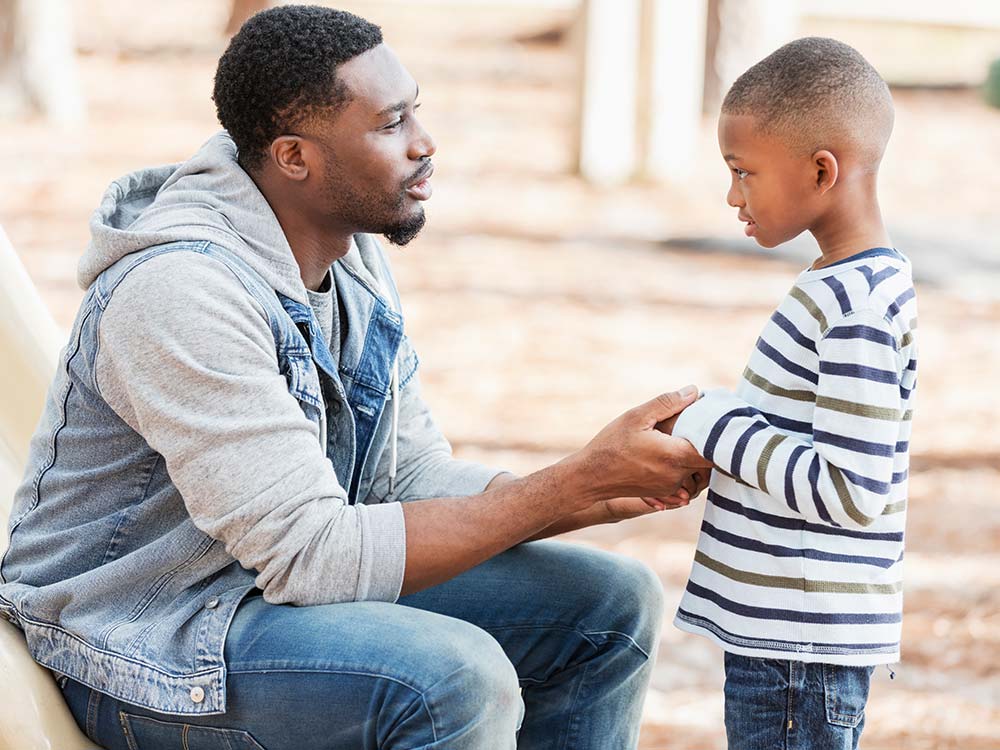Teaching Baby About Emotions: Helping Them Understand Feelings
Emotions are like the colors of the human soul—they paint our experiences with shades of joy, sadness, anger, surprise, and a myriad of other feelings. But when you’re a tiny human just starting out in life, the world can seem like a whirlwind of confusing signals and reactions. As parents, guardians, or care providers, it’s our job to introduce our little ones to this rich emotional palette in a way that they can understand.
Understanding the Basics: What Are Emotions?
Let’s start with the basics. Emotions are our natural responses to different situations. They influence our behavior, drive our decisions, and even impact our physical health. For babies, these feelings are a brand-new experience. It’s like learning a language without knowing the words—imagine how daunting that must be!
When we teach babies about their emotions, we’re giving them the tools to communicate before they can even speak. We’re helping them identify what they feel so they can better understand themselves and the world around them.
The Foundation: Building Emotional Awareness
Building emotional awareness with babies starts with observation. Infants may not use words, but they’re incredibly expressive. They giggle and coo when they’re happy, cry when they’re upset, and might even throw a tantrum when angry or frustrated.
As a parent or caregiver, mimicking these expressions can be a mighty first step. When your baby smiles, smile back. This not only reinforces positive feelings but also helps them connect the dots between their internal emotions and external expressions.
Labeling Emotions: A Game of Naming Feelings
Have you ever felt a rush of relief when you finally found the right word for a complicated feeling you were having? Babies feel the same way when we label their emotions. When your baby is obviously joyous, you can say, “Ah, you’re happy!” or when they’re cranky, acknowledge that with, “It seems you’re feeling a bit upset.”
This process puts names to their internal states, creating an emotional vocabulary they can draw from as they grow. It’s like giving a name to a newfound friend—it makes the connection stronger and much more familiar.
Being the Emotional Mirror: Showing Empathy
Empathy is the art of understanding and sharing the feelings of another. When your baby is experiencing a wave of emotions, be their mirror—their emotional echo. If they fall and are in distress, a calm, “Ouch, that must hurt. Are you okay?” shows that you recognize their pain and are there for them.
This validates their feelings and teaches them that it’s fine to express their emotions. More importantly, it lays the groundwork for them to develop empathy themselves, which is a cornerstone of emotional intelligence.
Creative Play: Exploring Feelings through Games and Stories
Creative play is a powerful teaching tool. You can use toys, puppets, or stories to illustrate different emotions. For instance, you can create a playful scenario with stuffed animals: perhaps the teddy bear is ‘sad’ because it lost its honey pot, and the bunny helps to find it. Through this story, your baby starts to understand concepts like sadness, helping, and happiness.
Songs and nursery rhymes are also effective. Many of these have emotions built into them, and singing along can help babies recognize different feelings in a fun, engaging way.
Consistent Environment: Stability and Emotional Learning
Babies thrive in consistent environments. When they know what to expect, they feel safer exploring and expressing their emotions. A predictable routine offers them a sense of security, and within this secure space, they’re more likely to open up emotionally.
This doesn’t mean every day must be the same, but having regular meal times, playtimes, and bedtimes can create an atmosphere conducive to learning about emotions.
Real-Life Application: Learning through Experience
Teaching about emotions isn’t just for ‘lesson time.’ It happens in the day-to-day interactions you have with your baby. When something makes them giggle, talk about joy. If they don’t like the carrot puree, discuss distaste or disappointment. By talking about emotions as they happen, you make these abstract concepts much more concrete.
Remember, you’re not just teaching your baby about feelings; you’re teaching them about life. Those happy moments, the spontaneous dances, the cuddles, the shared looks when you both hear a funny noise—all of these build their emotional understanding.
Patience and Reinforcement: The Keys to Emotional Learning
Like any form of teaching, reinforcing emotional learning requires patience. Babies absorb information at their own pace, and it’s crucial to give them the time they need. Repetition is also part of learning. When you consistently label emotions and validate their feelings, you solidify their learning.
When your baby starts using words, encourage them to use emotion words too. Phrases like “I’m happy” or “I’m sad” are monumental achievements in your baby’s emotional education.
The Bigger Picture: Emotional Intelligence for a Lifetime
Finally, remember that what you’re really teaching your baby is emotional intelligence—the ability to understand and manage emotions effectively. This skill set is a major predictor of success in relationships, academic performance, and even career paths.
By focusing on emotional learning from an early age, you’re equipping your baby with tools that will serve them throughout their life. You’re setting the stage for a future where they can navigate their emotions, relate to others with empathy, and approach life’s challenges with resilience.
Conclusion: Laying the Foundations for a Healthy Emotional Life
Teaching your baby about emotions is one of the greatest gifts you can give. It’s an investment in their future that will pay dividends in their ability to connect with others, understand themselves, and face the complexities of life with confidence.
Remember, the process is gradual and unfolds in its own unique rhythm. Celebrate the small victories, cherish the learning moments, and trust that with your support and love, your baby will grow into a person rich in emotional depth and understanding.
